In the quaint little district of Rajsamand, one can find the revered Nathdwara temple, an important pilgrimage site of the Vaishnavites–worshippers of Lord Krishna. The temple was built in the 17th century under the patronage of Maharaja Raj Singh of Mewar. Interestingly, the word Nathdwara is derived from two words, ‘Nath’ meaning ‘lord’ and ‘dwara’ meaning gate, literally translating to “Gateway to the Lord”.
In the face of persecution by Aurangzeb, the worshipers of Shrinathji planned to shift his idol from Vrindavan to a safer place. The idol was being transported through a cart when its wheels got stuck in mud in the village of Sinhad. This was believed to be a divine sign and the temple was built at its current location in Nathdwara. The architecture of the Nathdwara temple is different from all the other Nagara-style temples. The only other temple that has a similar architectural structure is the temple of Nandbaba in Vrindavan.
The Shrinathji temple at Nathdwara is not considered as a place of worship, but Shrinathji’s place of residence, hence fondly called by his followers ‘Shrinathji ki Haveli’. It resembles the haveli-style architecture of Rajasthan.
The temple has extensive latticework or jali work, similar to other architectural structures in the region. It can be found on the structure’s railings, windows, and window arches that separate the internal and external spheres of the temple. The temple also has floral pietra dura work in the interiors, popular in the 17th century. Another prominent feature of the temple is the jharokha, one of the most common architectural elements of Rajasthani architecture.
Unlike other temples, the Nathdwara temple does not have a lintel depicting the primary deity. It has a simple door frame or chaukhat that serves as the entry gate. Structured as a haveli, the temple has separate rooms for different purposes such as storage of milk, sweets, flowers, jewelry, a gold-silver grinding wheel, in addition to a drawing room and kitchen. There is a separate space on the terrace which serves as a chabutra or raised platform for the pigeons. Just like little Krishna is associated with cows, there is a separate cow shed in his Nathdwara haveli as well. Since it is a place of residence, there is no shikar at the top of the temple, just a series of courtyards and terraces. However, differentiating it from the other Havelis, the temple has a small Kalash and Sudarshan at the top. It is mounted with seven flags that symbolize the seven houses of the Pushtimarg sect. Bright paintings adorn the walls of the temple, depicting scenes from his life. Each place in the temple is built in a manner to symbolize a part of the golok, the heavenly abode of Krishna. It is one of the most venerated places of worship that must be visited by the devotees of Krishna once in their lifetime.
Resources
1. India: Official Channel of Shrinathji Temple, Nathdwara., 2012.
2. Nathdwara – Shrinathji Temple. YatraDham.Org. YatraDham Eservices Private Limited, n.d. https://temple.yatradham.org/svc/nathdwara-shrinathji-temple/.













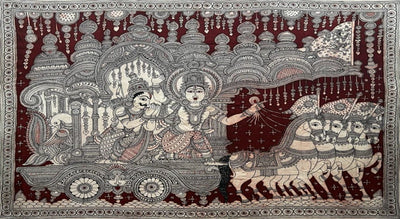

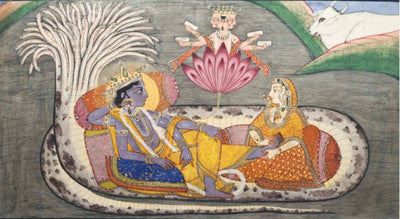

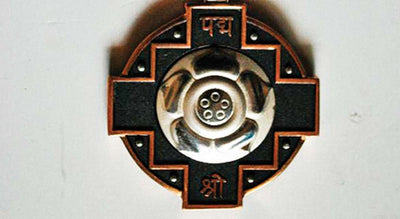

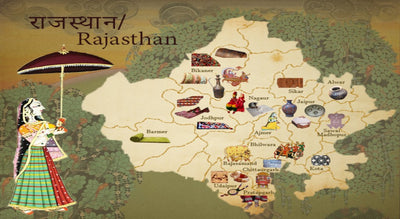
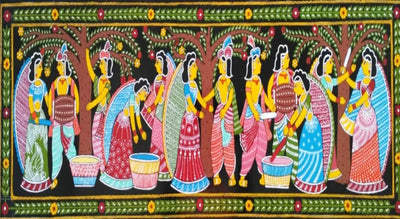
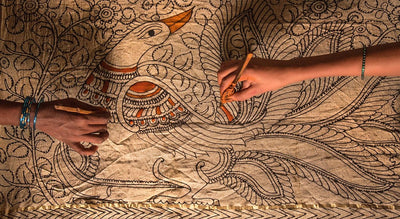

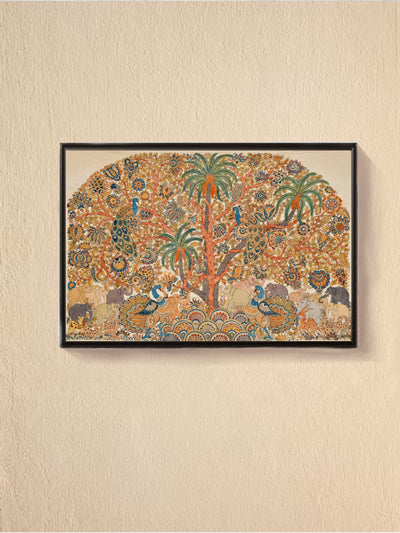







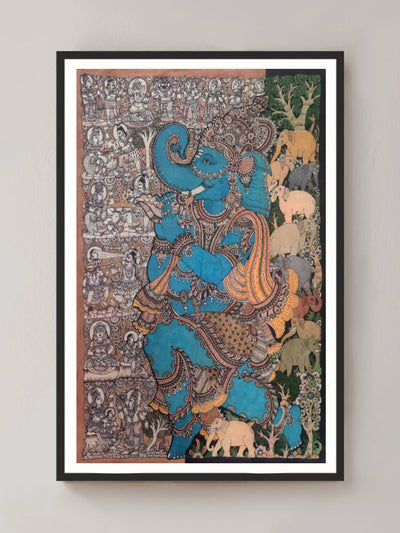








0 comments